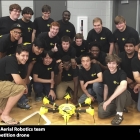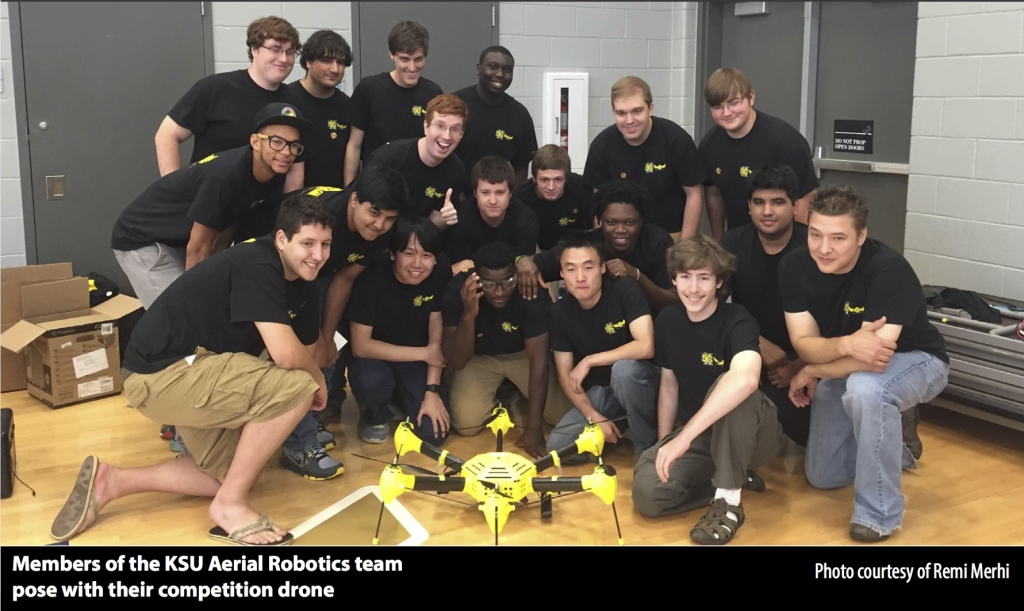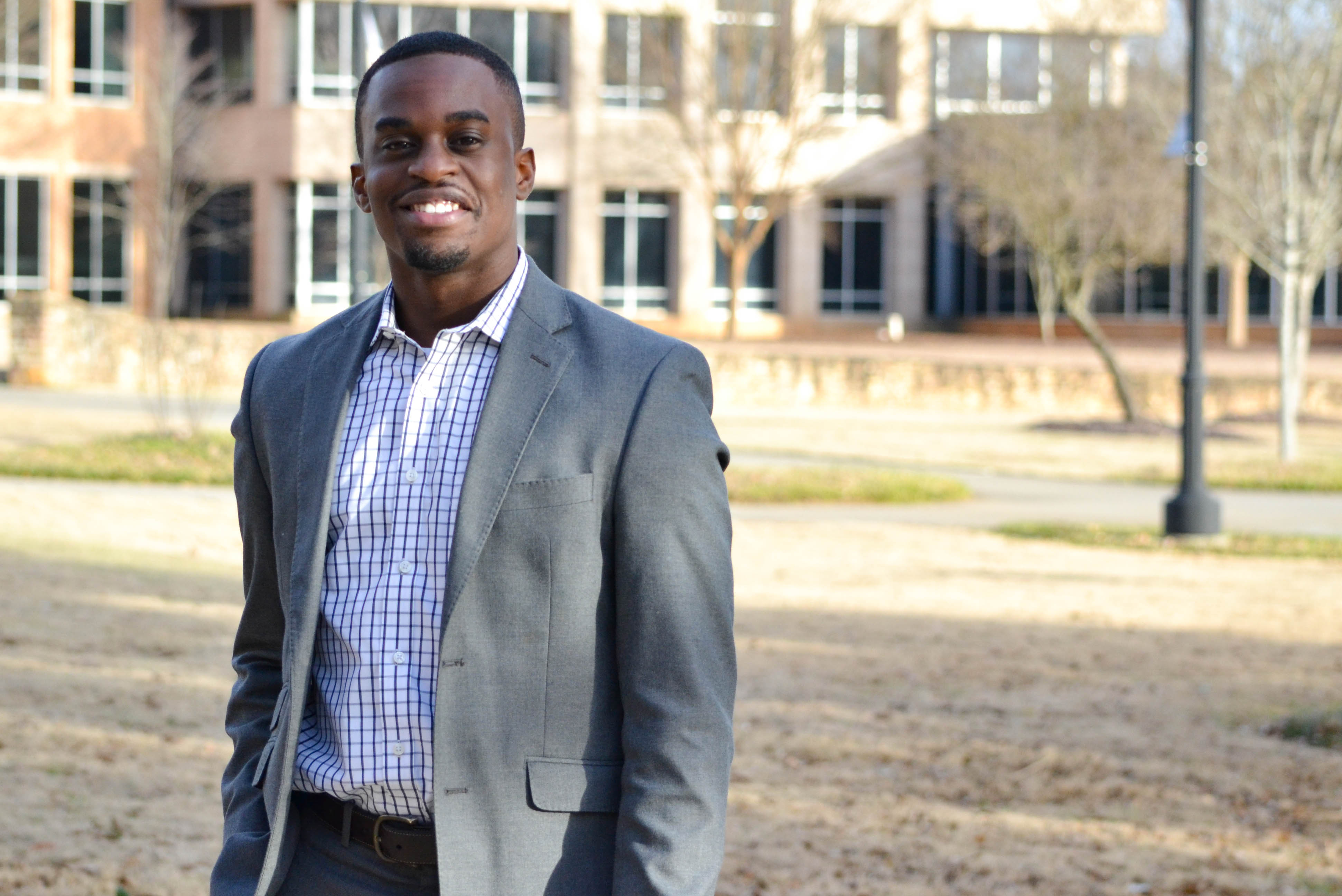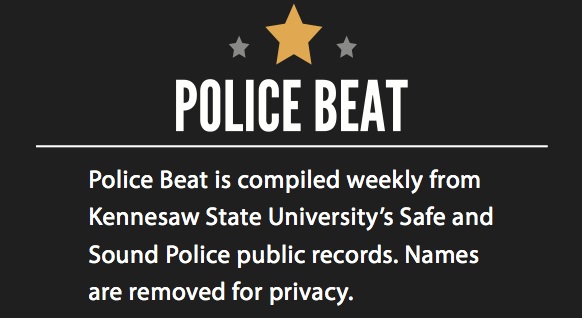By Kayla Dungee, Contributor
The Kennesaw State University Aerial Robotics Team won the most innovative design award with their unmanned aerial vehicle (UAV) at the International Aerial Robotics Competition Thursday at the Georgia Institute of Technology.
Judge Don Lacey praised their UAV, named Hank 2.0. “I was very impressed when the landing gear came up,” he said. “It’s an impressive vehicle. It has nice colors and it’s bright.”
This year, the mission was for the UAVs to fly autonomously and herd a group of ground robots across the finish line while dodging obstacles. Autonomous UAVs are not controlled manually and must be able to move completely on their own. The KSU team competed against École Polytechnique de Montréal, Embry-Riddle Aeronautical University and the University of Michigan.
“None of the teams were trying to solve the whole problem today,” said Robert Michelson, creator of the International Aerial Robotics Competition. This is because
he proposes missions that are impossible at the time but feasible in the future. “They were trying to do pieces of it and eventually they will put it all together. Probably in the next two years.”
Because of the inherent difficulty of the task, the UAVs that win the competition complete an action that has never been done before. The team that does complete a mission is awarded $50,000, countless job opportunities, and a chance to solve issues facing the world. Stuart Michelson, the organizer of the competition held at the Georgia Institute of Technology, claims that these winning robots have the potential to do anything from search and rescue, to military application, to even preventing incidents like the one that occurred in Fukushima.
Haris Jafri is a senior majoring in mechanical engineering technology and a member of the robotics team. He believes it is important to still come and attempt the competition even if you do not think you can win. Teams receive feedback from the judges and have the opportunity to learn from other teams and gain valuable experience just by participating.
The KSU team worked year- round to construct Hank 2.0. They make every aspect of the UAV, including a motherboard using customer autonomous software and programming obstacle avoidance. To complete the vehicle, they had to combine their skills in mechanical engineering, electrical engineering, computer science and software programming.
David Haffner, a senior majoring in mechanical engineering, claims that their vehicle design is what separates them from the rest of the competition. “A lot of teams build one vehicle and they just use it year after year after year,” Haffner said. “So we try [to] build a new vehicle every year. It keeps all the students hands-on, active, and [they] participate in the club.”
Another aspect that separated KSU from the rest is that they were able to fly their UAV completely autonomously in all three of the attempts they were given. For that reason, KSU is one of the teams that came the closest to completing the mission. This is the second year that this particular mission has been presented and the KSU team plans to continue competing in hopes that they will one day win.
Jafri says, “The future for our team seems bright and with new opportunities for advancing this technology further to new applications or uses in many different areas from tracking, delivering packages, to flying at the KSU football games to come.”





